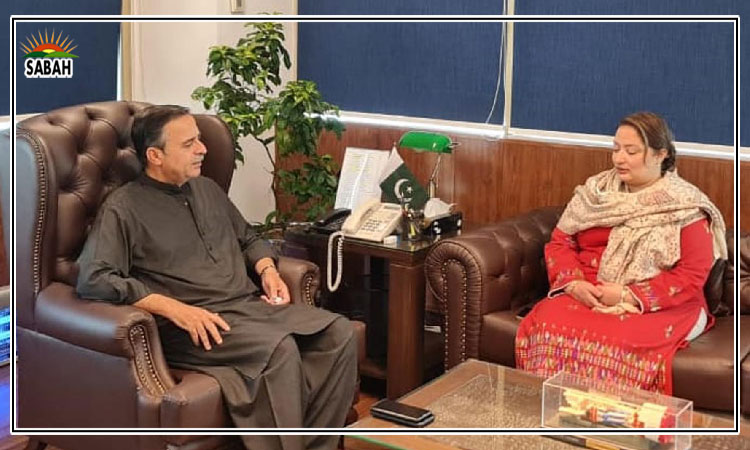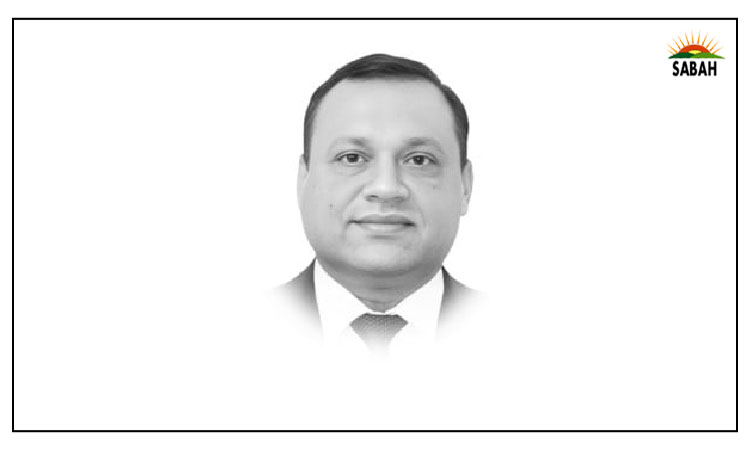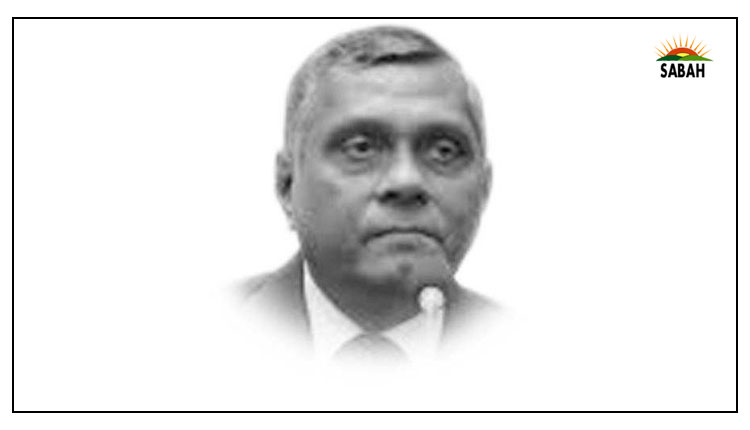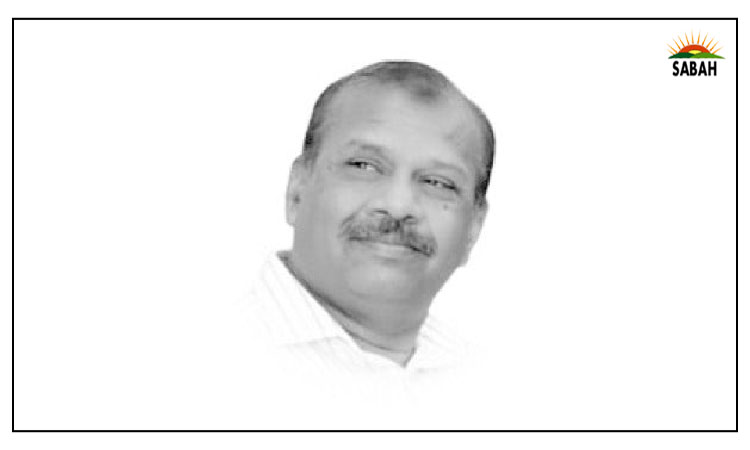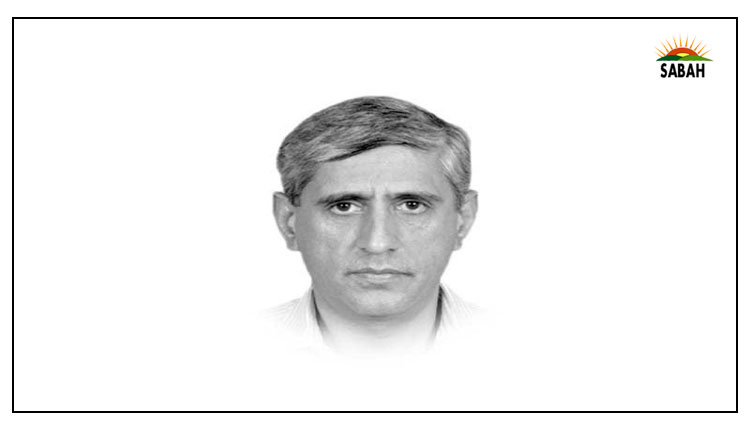Freedom parties…Dr Niaz Murtaza
THE role of political parties in winning freedom is well known. But how many of them, on attaining the goal of freedom, put their nations on the path of progress? Freedom parties are initial mother institutions that largely craft all new state institutions. Their traits hugely influence the fate of new states. Here, I look at the link between post-freedom progress and key party traits like social roots, ideology, mode of freedom drive, etc for 10 such parties each from Asia and Africa.
I cover 10 states that have seen high or moderate progress: Indonesia, Malaysia, Singapore, Vietnam, Bangladesh, India and Sri Lanka in Asia and Mauritius, South Africa and Botswana in Africa. I also include 10 moderately or very stagnant ones: Timor, Myanmar and Pakistan in Asia and Eritrea, Sudan, South Sudan, Kenya, Zimbabwe, Algeria and Ghana in Africa.
There are 13 cases of freedom from colonialism and four from larger states (Bangladesh, Eritrea, South Sudan and Timor), two unique cases of both together plus a split later (Pakistan and Sudan) and one eviction case (Singapore). I exclude revolutionary parties that toppled their own autocratic regimes, as in Russia, China, etc, as their issues are distinct.
The freedom parties of successful states were older at freedom than the others. The Indian and South African Congresses were 60-plus years old. Such parties had more time to develop organisationally with strong mass roots. Among stagnant states, the oldest party was ours, having existed for 40 years by 1947 but for the most part without strong mass roots. Except for Bostwana, all others had a middle-class leadership. Almost two-thirds had a lower-middle-class leadership: 80pc among stagnant states and 50pc among successful ones. Six in the successful group were socialist, even if the two most successful ones, Singapore and Malaysia, had right-wing leaderships led by upper-middle classes. But even among the less successful states, the leadership of only two (Pakistan and Sudan) were right wing.
So, the critical fact was not only ideology but also the mode of freedom. Six stagnant states had militant parties that won freedom after decades of war. Among the successful ones, only Vietnam and Bangladesh did. The others got freedom via talks or civic agitation. Thus, the freedom leaders of less successful states were more militant and autocratic who ruled ruinously for decades, as in Zimbabwe and Eritrea.
Among the 10, the most stagnant states today mostly had militant freedom parties. But the constitutional and agitational routes of most in the successful group produced professionally skilled leaders who could rule well even after freedom and deliver progress. In most cases, such parties and even some founding leaders ruled well for decades. Among less successful ones, the freedom parties either lost power early or became long-ruling autocrats.
In Pakistans case, these observations show that our poor progress is linked to the Muslim Leagues flaws despite its non-militant, professionally skilled leadership. The key shortcoming was the concerns of many of those driving the freedom quest who belonged to the elite. These concerns, according to Hamza Alavi, included the fears of elite Muslim salariats about their interests under Hindu rule. Elite Muslim landed and commercial elites had the same fears, fed by Congresss socialist talk.
Unlike the Congress, little thought was given to political and economic issues. The Lahore Resolution gave a sound vision for a decentralised democratic state, under the pressure of the regions. But not much work was done in seven years to operationalise it further, and, in 1947, the Muslim League found itself poorly endowed to govern or produce sound institutions and policies. The early exit of the two main founding leaders harmed the party and also exposed its poor organisation.
Ten of the 20 founding parties are still dominant ruling parties, decades later, while six to seven are still major parties. The Muslim League was perhaps the only one to largely cease to be a major power within a decade, with the current parties using that name having no direct links or continuity from the original one.
This party outcome was not accidental but emerged from the low political viability and coherence of the Muslim nation and polity pursued by the elites. But these were not insurmountable issues had non-political institutions that grabbed power, given the Leagues flaws, given more time to political institutions to mature, as in dozens of other post-colonial states that too had low initial political viability and coherence. So, if the unstated objective was to protect elite interests, the state has faithfully lived up to these birth aims for 75 years.
Courtesy Dawn


